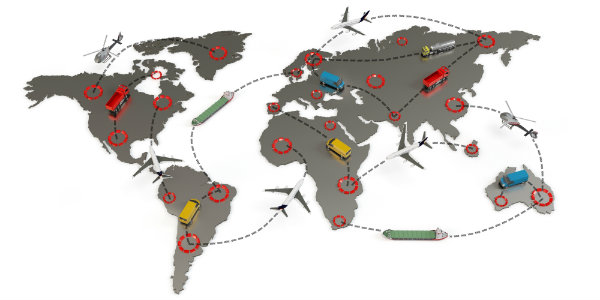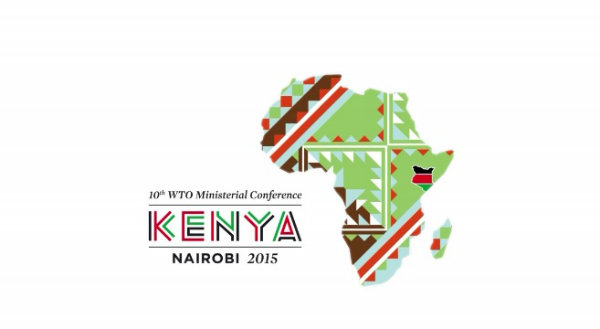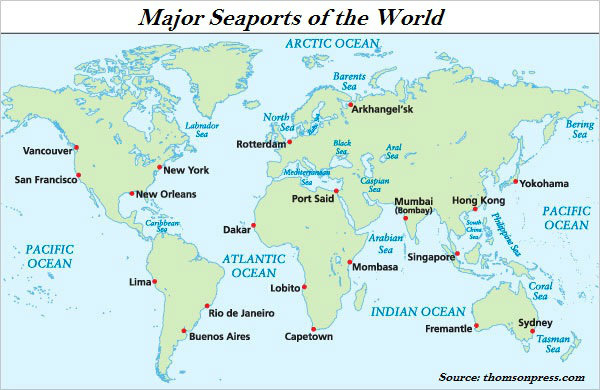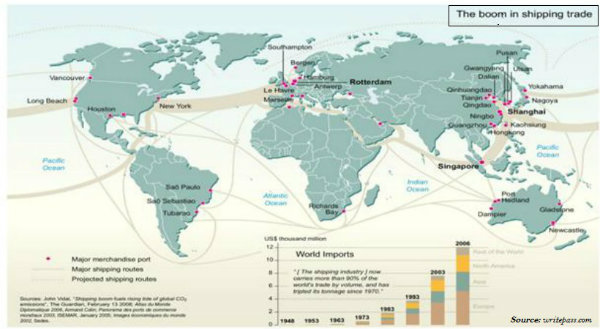
- Geography India - Introduction
- Geography India - Physical Aspect
- Geography India - Drainage System
- Geography India - Climate
- Geography India - Natural Vegetation
- Geography India - National Forest
- Geography India - Wildlife
- Geography India - Soil
- Geography India - Land Resources
- Geography India - Agriculture
- Geography India - Mineral Resources
- Geography India - Energy Resources
- Geography India - Industry
- Geography India - Transport
- Geography India - Communication
- Geography India - Foreign Trade
- Geography India - The People
- Geography India - Settlement
- Geography India - Migration
- Regional Development
- Geography India - Disasters
- Geography of the World
- Geography World - Introduction
- Evolution of the Earth
- Geography World - Climate
- Geography World - Transport
- Geography World - Communications
- Geography World - Population
- Human Settlement
- Human Development
- International Trade
- Geography Useful Resources
- Geography - Online Quiz
- Geography - Online Test
- Geography - Quick Guide
- Geography - Useful Resources
- Geography - Discussion
Geography World - International Trade
Introduction
Trade simply means the voluntary exchange of goods and services, where two or more parties are involved.
In the present world, trades are international and national.

International trade is the exchange of goods and services among countries across national borders.
Barter system was an initial form of trade practiced by the primitive societies.
In the barter system, goods were exchanged directly (no money were required).
Jon Beel Mela, which takes place in Jagiroad, 35 km away from Guwahati in the month of January every year (after the harvest season) possibly, it is the only fair in India, where barter system is still practiced.
The Silk Route is an early example of long distance trade connecting Rome to China travelling about the 6,000 km route.
During the medieval period, the sea route was discovered.
Fifteenth century onwards, the European colonialism began slave trade a new form of trade of human beings.
The slave trade was pretty popular and a lucrative business for more than two hundred years; however, over a period of time, it was abolished - first in Denmark in 1792, and then Great Britain in 1807, and the United States in 1808.
During the World Wars I and II, countries practicing international trade imposed trade taxes and quantitative restrictions.
However, after the war period, organizations like General Agreement for Tariffs and Trade i.e. GATT (which later became the World Trade Organization i.e. WTO), helped in reducing these tariffs imposed on trade of goods and services.

Factors of International Trade
- Major factors of international trade are −
- The difference in national resources,
- Population aspects,
- Stage of economic development,
- The extent of foreign investment
Other Facts
Other infrastructure availability (including transportation and technological factors).
The total value of goods and services traded in a given period of time is known as the volume of trade.
The balance of trade is calculated by taking the difference of the goods and services imported and exported by a country to other countries in a given period of time (normally, in one financial year).
If the value of imports is greater than the value of a countrys exports, the country has a negative or unfavorable balance of trade.
On the other hand, if the value of exports is greater than the value of imports, then the country has a positive or favorable balance of trade.
Bilateral and Multilateral are the two major types of international trade.
Bilateral trade is practiced between two countries on their personal terms and conditions.
Multilateral trade is practiced among many nations (one country can trade with many countries); and, as per the WTO agreement, every WTO member country has to follow the MFN Principle (Most Favored Nation).
The MFN principle restrains the discrimination trade rules and promotes a uniform trading rule with every member country.
The act of opening up economies by removing trade barriers for trading purpose is known as free trade or trade liberalization.
The practice of selling a commodity in two or more countries at a price that differs for reasons not related to costs is called dumping.
Therefore, some countries also need to be cautious about dumped goods; because along with free trade, dumped goods (of cheaper prices) can harm the domestic producers.
After World War II (1948), some of the developed countries founded an international organization namely General Agreement for Tariffs and Trade (GATT).
However, from January 1, 1995, GATT was transformed into the World Trade Organization (WTO).
WTO sets the rules for the global trading system and resolves disputes if any arises between its member nations.
Headquarters of WTO is located in Geneva, Switzerland.
Besides, some Regional Trade Blocs have also formed in order to encourage trade between countries who are located in geographical proximity, similarity, and complementarities in trading items.
The major purpose of regional trade blocks is to curb restrictions on trade of the developing world.
For examples, ASEAN (Association of South East Asian Nations), CIS (Commonwealth of Independent States), NAFTA (North American Free Trade Association), OPEC (Organization of Petroleum Exporting Countries, etc.
The chief gateways of the world of international trade are the harbors and ports.
The ports provide facilities of docking, loading, unloading, and the storage facilities for cargo.
The port specialized in bulk cargo-like grain, sugar, ore, oil, chemicals, and similar materials is known as an industrial port.
The port that handles general cargo-packaged products and manufactured goods is known as a commercial port.
The port, which is located away from the sea coast is known as an inland port. For example, Manchester port, Kolkata port, Memphis port, etc.
The port, which is located away from the actual ports into the deep water is known as an out port. For example, for example, Athens and its out port Piraeus in Greece.
The port which is originally developed as calling point on main sea routes where ships used to anchor for refueling, watering, and taking food items is known as a port of call. For example, Aden, Honolulu, and Singapore.
The port, which is used as the collection center i.e. the goods are brought from different centers (or countries) for export is known as an entrepot port. For example, Rotterdam for Europe, and Copenhagen for the Baltic region.
The following map illustrates the major seaports of the world −

The port that serves the warships and has repair workshops for them is known as a naval port. For example, Kochi and Karwar in India.
The port that exclusively concerned with the transportation of passengers and mail across water bodies (covering short distances) is known as a ferry port.
The following map illustrate the growing trends of trade through ships −
